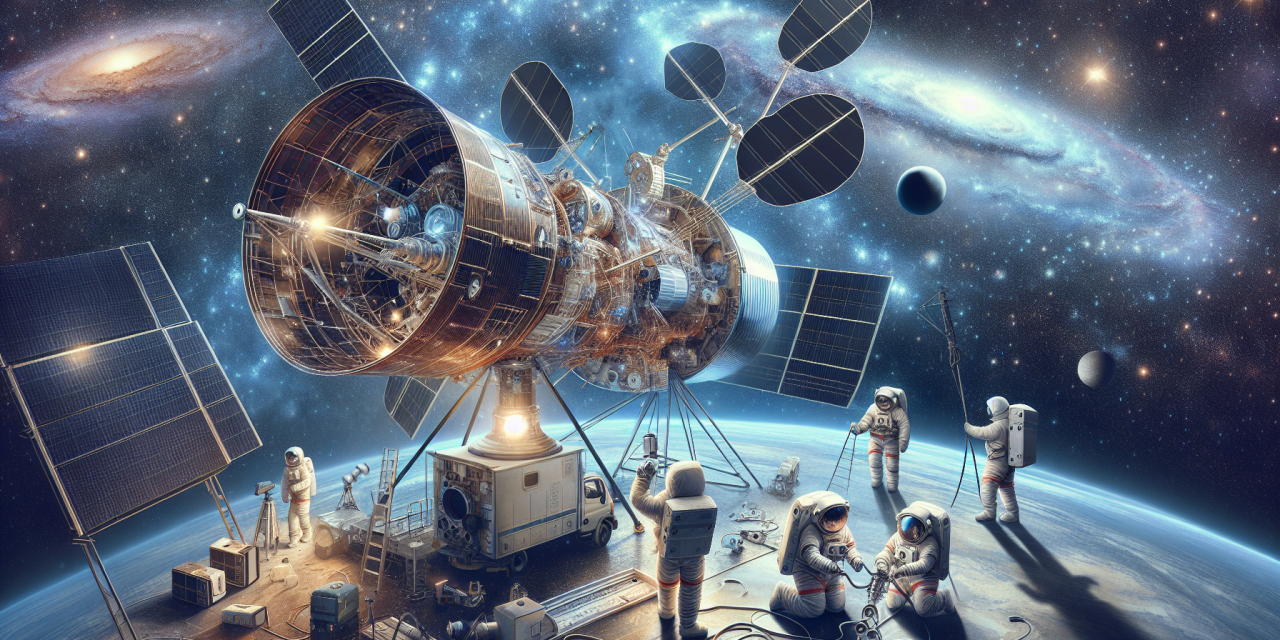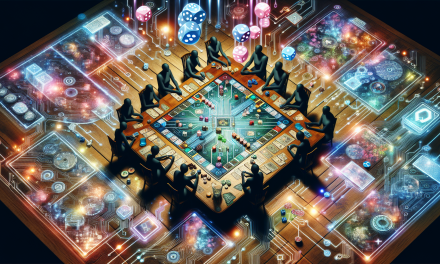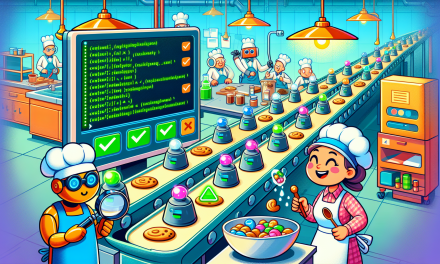Picture this: You’ve just built the most powerful telescope humanity has ever created. It’s the size of a school bus, cost over a billion dollars, and took decades to design. You launch it 340 miles above Earth with dreams of seeing deeper into space than anyone ever has before. But when you turn it on and take your first photo, everything looks… blurry.
This isn’t a nightmare scenario from a science fiction movie. This actually happened to the Hubble Space Telescope in 1990, and it teaches us one of the most important lessons about thinking like a coder: sometimes our biggest mistakes become our greatest opportunities to learn and improve.
When Perfect Plans Meet Imperfect Reality
The Hubble Space Telescope was supposed to be perfect. Engineers had spent years calculating every detail, testing every component, and planning every possible scenario. But there was one tiny problem that no one caught: the telescope’s primary mirror was ground incorrectly by just 2.2 micrometers. To put that in perspective, that’s about 1/50th the width of a human hair.
Think of it like trying to read a book while wearing someone else’s glasses. Everything you see is technically there, but it’s all fuzzy and unclear. The images Hubble sent back were disappointing – they looked like someone had smeared petroleum jelly on the camera lens.
This is exactly what happens when we’re learning to code. We write what we think is perfect code, run our program, and… nothing works the way we expected. Maybe our game character walks through walls, our calculator gives impossible answers, or our website looks completely different on someone else’s computer. It’s frustrating, but here’s the secret: this is exactly where the real learning begins.
The Art of Debugging in Space
When coders find bugs in their programs, they can simply rewrite the code and run it again. But imagine debugging a program that’s floating 340 miles above your head, traveling at 17,500 miles per hour, and impossible to bring back down for repairs. That’s the challenge NASA faced with Hubble.
The solution they came up with was brilliant in its simplicity, just like the best coding solutions often are. Instead of trying to fix the flawed mirror (which would have been impossible), they decided to give Hubble “contact lenses.” They would install corrective optics that would counteract the mirror’s flaw, essentially teaching the telescope how to see clearly despite its imperfection.
This is just like how good coders approach problems. When you can’t change one part of your system that’s causing issues, you work around it. You create helper functions, build error-checking systems, or design clever workarounds. The key is being flexible and creative rather than giving up when your first approach doesn’t work perfectly.
Mission Possible: The Ultimate Space Hack
The repair mission to fix Hubble was like performing surgery while wearing thick gloves, in complete darkness, while both you and your patient are spinning around at tremendous speed. Astronauts had to train for years to perform incredibly precise work in the harsh environment of space.
During the 1993 repair mission, astronauts installed five new instruments and corrective optics in a series of spacewalks that lasted over 35 hours total. They had to be methodical, patient, and prepared for anything to go wrong. Every tool had to be tethered so it wouldn’t float away. Every step had to be planned and rehearsed countless times.
This mirrors the process of fixing complex bugs in code. You can’t just randomly change things and hope they work. You need to understand the system, identify exactly what’s wrong, plan your fix carefully, and test everything thoroughly. Sometimes the solution requires completely rethinking your approach, just like the NASA engineers did when they realized they couldn’t fix the mirror directly.
From Failure to Fame
After the repair mission, Hubble didn’t just work – it exceeded everyone’s wildest expectations. The telescope that was once considered a billion-dollar mistake became one of humanity’s greatest scientific achievements. It has shown us galaxies billions of light-years away, helped us understand the age of the universe, and captured images so beautiful they’ve changed how we see our place in the cosmos.
The “fixed” Hubble became more powerful than the original design would have been. The corrective instruments didn’t just solve the problem – they added new capabilities. This is what we call “failing forward” in coding. Sometimes when we fix a bug, we discover a better way to approach the entire problem. Our code becomes more elegant, more efficient, or gains new features we hadn’t originally planned.
Many of the world’s most successful software programs, apps, and games started as “failures” that their creators had to debug and reimagine. Twitter began as a feature for a podcasting platform. Instagram started as a location check-in app. Sometimes what looks like a setback is actually a setup for something much better.
Learning to Love the Debug Process
Here’s what the Hubble story teaches us about thinking like a coder: mistakes aren’t the opposite of success – they’re stepping stones to it. Every bug you find is information. Every error message is your program trying to talk to you. Every failed test is showing you exactly where to focus your attention next.
Professional programmers know that debugging isn’t a sign that you’re bad at coding – it’s literally part of the job. Some of the most satisfying moments in coding come when you finally track down a tricky bug and fix it. It’s like solving a mystery where you’re both the detective and the person who gets to catch the culprit.
The key is approaching problems with curiosity rather than frustration. When NASA discovered Hubble’s flawed mirror, they could have seen it as a disaster. Instead, they saw it as an engineering challenge to solve. They asked “How can we work with what we have?” rather than “Why did this have to happen to us?”
Tools for Space-Age Problem Solving
Just like the astronauts who repaired Hubble needed special tools and techniques, coders develop their own toolkit for handling problems. Good debugging habits include reading error messages carefully (they’re often more helpful than they first appear), testing small pieces of code individually, and keeping track of what you’ve tried so you don’t repeat failed approaches.
One of the most valuable tools is learning to ask good questions. Instead of “Why doesn’t this work?” try asking “What specifically is different between what I expected and what actually happened?” Instead of “This is broken,” ask “Under what conditions does this behavior occur?” These types of questions guide you toward solutions rather than just highlighting problems.
Modern coding environments have built-in debugging tools that let you step through your code line by line, just like how the Hubble repair team planned each step of their mission in minute detail. These tools help you see exactly what your program is thinking at each moment, making invisible problems visible.
The View from Here
Today, more than three decades after its launch, Hubble continues to amaze us with new discoveries. The telescope that was once considered a failure has fundamentally changed our understanding of the universe. It’s a reminder that some of our most spectacular achievements come not from getting everything right the first time, but from learning how to fix things when they go wrong.
The next time you’re staring at code that doesn’t work the way you expected, remember Hubble floating in space, seeing the universe clearly because someone refused to accept that a tiny flaw meant permanent failure. Your bugs aren’t roadblocks – they’re just puzzles waiting to be solved, and often the solutions lead to something even better than what you originally imagined.
After all, the universe is full of beautiful things that only become visible when we learn to see past the initial blur.








